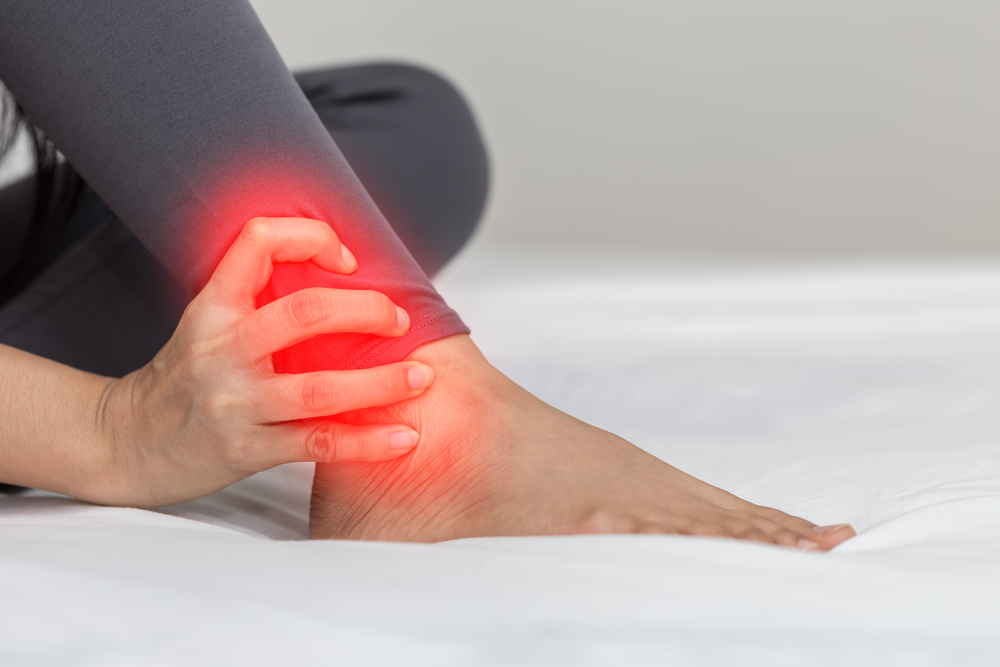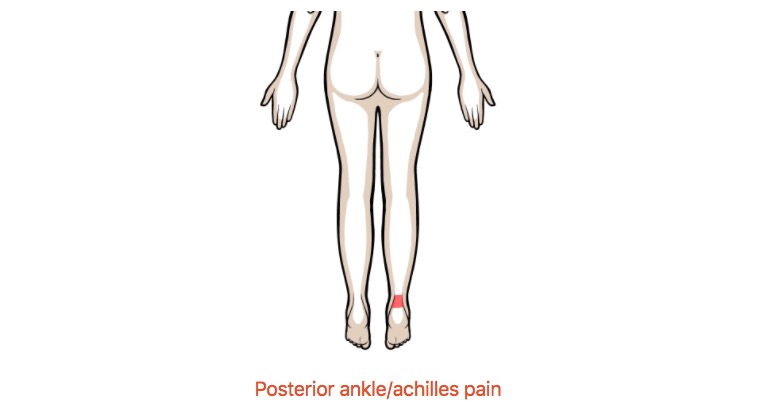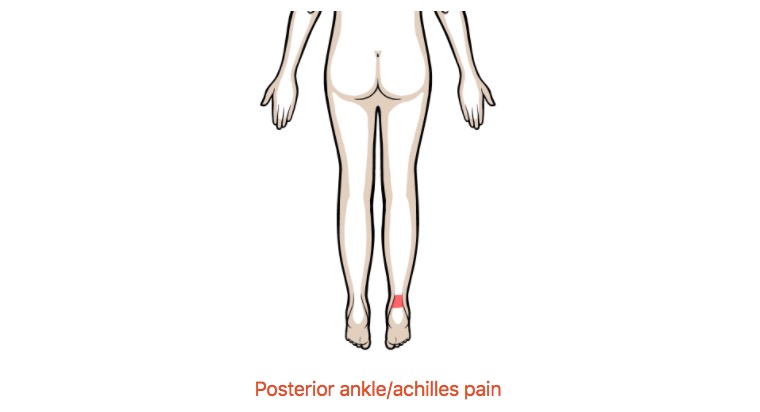1. Cholewicki J, Juluru K, McGill SM, et al. Intra-abdominal pressure mechanism for stabilizing the lumbar spine. J Biomech 1999; 32 (1): 13-6: 76-87
2. Cholewicki J, Panjabi MM, Khachatryan A. Stabilizing function of trunk exor-extensor muscles around a neutral spine posture. Spine. 1997;22(19):2207–12.
3. Freeman MA, Dean MR, Hanham IW. The etiology and prevention of functional instability of the foot. J Bone Joint Surg Br. 1965;47(4):678–85
4. Hodges PW, Richardson CA. Contraction of the abdominal muscles associated with movement of the lower limb. Phys Ther. 1997;77(2):132-144.
5. Hodges, P W et al. “Contraction of the Human Diaphragm during Rapid Postural Adjustments.” The Journal of Physiology 505.Pt 2 (1997): 539–548. Print.
6. Kibler WB, Press J, Sciascia A. The role of core stability in athletic function. Sports Med 2006; 36(3): 189-98.
7. Kim, Hyun-Dong et al. “Changes in Activation of Abdominal Muscles at Selected Angles During Trunk Exercise by Using Ultrasonography.” Annals of Rehabilitation Medicine 39.6 (2015): 950–956. PMC. Web. 20 Feb. 2018.
8. Lee, Diane D. “The Pelvic Girdle: An Integration of Clinical Expertise and Research”. Churchill Livingstone, Elsevier, 2013.
9. Lee, Hung-Maan et al. Evaluation of shoulder proprioception following muscle fatigue. Clinical Biomechanics , Volume 18 , Issue 9 , 843 – 847. 2003.
10. McGill, Stuart. Low Back Disorders: Evidence-based Prevention and Rehabilitation. Champaign, IL: Human Kinetics, 2002. Print.
11. McGill, Stuart. Ultimate Back Fitness and Performance Fourth Edition .Waterloo, Ontario Canada, 2009. Print.
12. Page, Phillip, et al. Assessment and treatment of muscle imbalance: the Janda approach. Human Kinetics, 2010.
13. Tripp, Brady L, Eric M Yochem, and Timothy L Uhl. “Functional Fatigue and Upper Extremity Sensorimotor System Acuity in Baseball Athletes.” Journal of Athletic Training 42.1 (2007): 90–98. Print.
14. Tuteur PG. Chest Examination. In: Walker HK, Hall WD, Hurst JW, editors. Clinical Methods: The History, Physical, and Laboratory Examinations. 3rd edition. Boston: Butterworths; 1990. Chapter 46.
15. Wainner RS, Whitman JM, Cleland JA, Flynn TW. Regional interdependence: a musculoskeletal examination model whose time has come. J Orthop Sports Phys Ther. 2007; 37(11):658–60
















